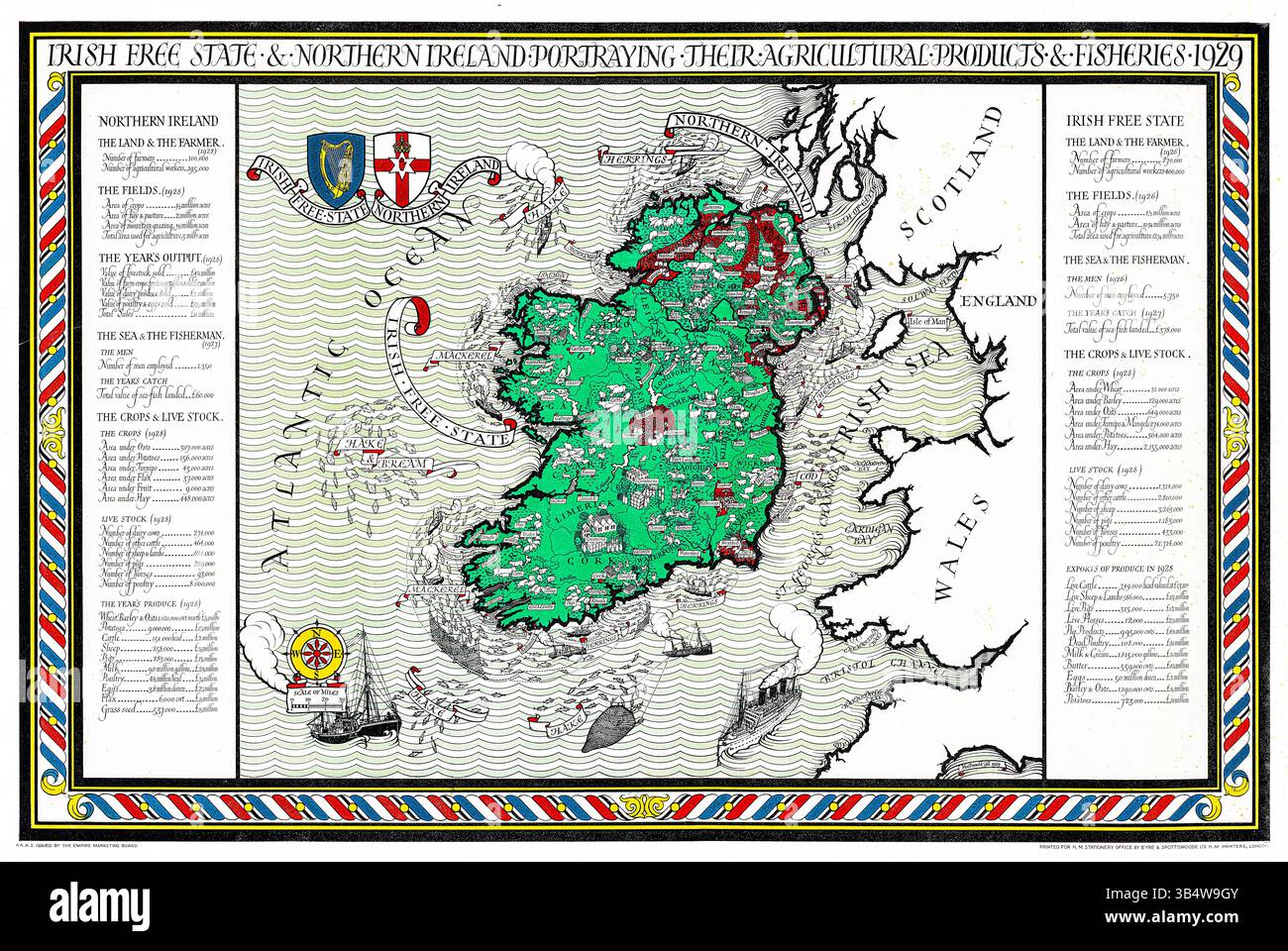
Stepping Back 19,000 Years: A Journey to Meadowcroft Rockshelter, Where America’s Story Begins
Forget everything you thought you knew about the first Americans. For decades, the Clovis culture, dating back roughly 13,000 years, was considered the undisputed progenitor of human presence in North America. Their distinctive fluted projectile points were the earliest widespread archaeological evidence, shaping our understanding of ancient migration routes – typically a single, swift journey through an "ice-free corridor" from Beringia. But then came Meadowcroft Rockshelter, a site that didn’t just challenge this narrative; it shattered it, pushing back the timeline of human arrival by thousands of years and fundamentally altering our perception of those earliest migration maps.
Located in the quiet, rolling hills of Avella, Pennsylvania, Meadowcroft is not merely an archaeological dig; it’s a portal to an almost unimaginable past, a pivotal location that demands a visit from anyone curious about the true origins of Native American peoples and the incredible journeys that brought them to this continent. This isn’t just a point on a forgotten map; it’s a crucial landmark in the evolving cartography of human history.
The Earth-Shattering Significance of Meadowcroft

Meadowcroft Rockshelter holds the distinction of being one of the oldest known sites of human occupation in North America, with evidence suggesting continuous human presence dating back at least 16,000, and potentially up to 19,000 years ago. Discovered and meticulously excavated by Dr. James M. Adovasio and his team from the University of Pittsburgh in the 1970s, the site presented undeniable evidence of pre-Clovis inhabitants: sophisticated tools, charcoal from ancient fires, and even basketry fragments, all stratified beneath layers containing later Clovis artifacts.
This finding was revolutionary. If people were living in Pennsylvania nearly 19,000 years ago, it meant they arrived thousands of years before the Clovis people. This forced archaeologists to rethink the primary migration theories. No longer could a single "ice-free corridor" from Beringia (the land bridge connecting Asia and North America) be the sole explanation, as that corridor was largely closed off during parts of Meadowcroft’s occupation period. Instead, Meadowcroft strongly supports the "Pacific Coastal Route" hypothesis, suggesting that early migrants navigated the coastlines, potentially by boat, southward from Beringia, finding pockets of habitable land and resources along the way.
For the modern traveler, understanding Meadowcroft’s significance is key to appreciating its power. It’s a tangible piece of evidence that rewrites textbooks, offering a deeper, more complex, and ultimately more awe-inspiring narrative of human resilience and exploration. When you visit Meadowcroft, you’re not just seeing an old cave; you’re standing at a crossroads of archaeological discovery, where the earliest "maps" of human movement across the Americas were redrawn.
The Visitor Experience: Stepping into Deep Time

Arriving at Meadowcroft Rockshelter and Historic Village, you’re greeted by a sense of peaceful rurality, a fitting backdrop for a journey into the distant past. The main visitor center, nestled discreetly into the landscape, serves as your introduction, providing context through exhibits and a short film. But the real magic begins as you embark on the short walk to the rockshelter itself.
The Rockshelter: Protected by a massive, custom-built cantilevered roof – an essential preservation measure that also frames the site beautifully – the rockshelter is an imposing geological feature. A vast overhang of sandstone, roughly 100 feet long and 30 feet high, it offered natural shelter from the elements for millennia. As you approach, the sheer scale of it becomes apparent.
Inside, beneath the protective structure, you’ll find the archaeological trench, a carefully preserved cross-section of earth revealing millennia of human history. Layers upon layers of sediment, each representing a different epoch, are visible, marked with interpretive signs. Knowledgeable guides, often archaeologists or passionate educators, bring these layers to life, pointing out where tools were found, where ancient hearths once burned, and explaining the painstaking process of excavation. They paint vivid pictures of what life might have been like for those early inhabitants: hunting mammoth and mastodon, gathering plants, and enduring glacial climates.
Standing within the rockshelter, you can almost feel the presence of those ancient people. The air is cool and still, and the silence is punctuated only by the guide’s voice or the rustle of leaves outside. It’s an intensely personal and humbling experience, a direct connection to the very first footsteps on this continent. It’s here that the abstract concept of "early Native American migration route maps" solidifies into a tangible reality. You’re not just looking at a line on a map; you’re standing at a point where those lines converged, a place of refuge and sustenance for those intrepid voyagers.

Beyond the Rockshelter: A Broader Context of Human Presence
While the rockshelter is undoubtedly the star, Meadowcroft offers a richer context of human habitation in the region through its two adjacent interpretive villages, which also contribute significantly to the understanding of subsequent Native American life and early European contact.
- The 16th-Century Monongahela Indian Village: A reconstructed village depicts the life of the Monongahela people, who inhabited this region centuries later. This section provides insights into agricultural practices, communal living, and the intricate social structures of Native Americans just before European contact. It’s a vital reminder that the "journey" of Native Americans didn’t end with their initial arrival but continued through centuries of cultural development and adaptation.
- The 18th-19th Century Frontier Village: This area showcases early European settlement and the significant cultural clashes and adaptations that followed. While not directly related to early migration, it completes the narrative of human presence in the area, offering a powerful contrast to the deep past of the rockshelter and illustrating the continuous, evolving story of this land.

These additional villages, while chronologically distinct from the Paleo-Indian period of the rockshelter, provide crucial context. They illustrate the continuation of human ingenuity and resilience across millennia and help visitors understand the full arc of human history in the region, from the earliest arrivals to the established societies that greeted European explorers. It’s a journey from the very first migrations to the settled communities that later faced new waves of migration.
Connecting to Migration Routes: The "Map" Unfurled
The concept of "early Native American migration route maps" isn’t just about drawing lines on a modern map. It’s about understanding the process of migration: the challenges, the innovations, the environmental factors, and the sheer human will to explore and survive. Meadowcroft is a beacon in this understanding.
When you visit, the discussions around the rockshelter naturally pivot to the larger questions of how people arrived. The guide will often elaborate on the competing theories:
- The Bering Land Bridge (Beringia): The widely accepted entry point from Asia.
- The Ice-Free Corridor: The traditional theory of a path opening up between glacial sheets, allowing passage southward.
- The Pacific Coastal Route: The theory that early migrants traveled along the coast, using boats, possibly skirting the glaciers. Meadowcroft’s age strongly supports this, as the ice-free corridor was likely still impassable when its earliest inhabitants arrived.
- The Solutrean Hypothesis (less accepted): A more controversial theory suggesting a migration across the Atlantic from Europe.
Meadowcroft forces you to visualize these routes not as abstract lines, but as incredibly difficult, perilous journeys undertaken by small bands of people. It encourages you to think about what drove them, what tools they carried, what resources they sought, and how they adapted to entirely new landscapes. The artifacts found at Meadowcroft – the stone tools for hunting and processing, the evidence of diverse plant use – paint a picture of highly adaptable people who understood their environment intimately. They were, in essence, creating their own "maps" through lived experience, navigating by the stars, the rivers, and the lay of the land, finding shelter in places like the rockshelter.
A visit to Meadowcroft deepens your appreciation for the complexities of these ancient migrations. It shows that there wasn’t one single "route" but likely multiple waves, multiple paths, and a much longer, more nuanced timeline than once believed. It adds a crucial, early pin-drop to the emerging, ever-more-detailed map of how the Americas were first peopled.
Practicalities for the Modern Traveler
Meadowcroft Rockshelter and Historic Village is located in Avella, Pennsylvania, about an hour southwest of Pittsburgh. A car is essential for reaching the site.
- Operating Season: Typically open from May through October, so plan your visit accordingly. Check their official website for exact dates and hours.
- Time Commitment: Allow at least 3-4 hours to fully experience the rockshelter and both historic villages. A full day is easily justifiable if you want to delve deeper into the exhibits and enjoy the peaceful setting.
- Accessibility: The site is generally accessible, with paved paths to the rockshelter and well-maintained trails. There is some walking involved, so comfortable shoes are recommended.
- Facilities: A modern visitor center offers restrooms, a gift shop, and a small cafe for light refreshments.
- What to Bring: Comfortable walking shoes, water, a camera (photography is permitted without flash in the rockshelter), and an open mind ready for a deep dive into history.
Why Visit Meadowcroft? A Profound Journey
Meadowcroft Rockshelter is far more than just an archaeological site; it is a profound journey into the very origins of human presence in North America. It challenges preconceived notions, sparks intense curiosity, and offers a tangible connection to the almost unimaginable past. For anyone fascinated by human origins, Native American history, or the sheer spirit of exploration, Meadowcroft is an absolutely essential destination.
It’s a place where the abstract concept of "early Native American migration route maps" transforms into a visceral experience. You stand where people stood 19,000 years ago, sheltered by the same rock, contemplating the same landscape (albeit transformed by millennia). You gain an unparalleled appreciation for the incredible journeys undertaken by the first Americans, the resilience required to survive in a challenging world, and the deep, rich history that predates all written records.
So, if you’re looking for a travel experience that transcends mere sightseeing and offers a truly transformative encounter with history, add Meadowcroft Rockshelter to your itinerary. It’s not just a review of a place; it’s an invitation to rewrite your understanding of America’s story, one ancient footprint at a time.
